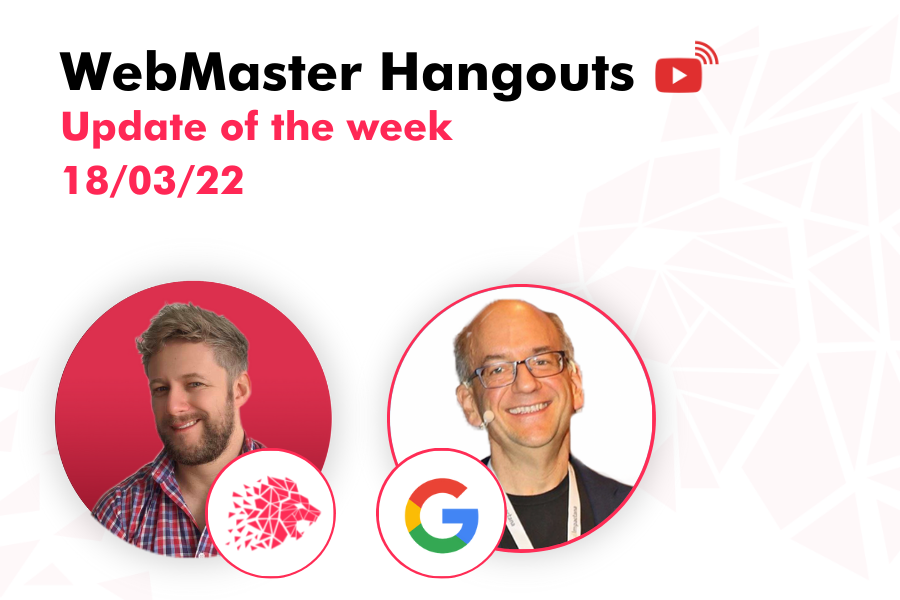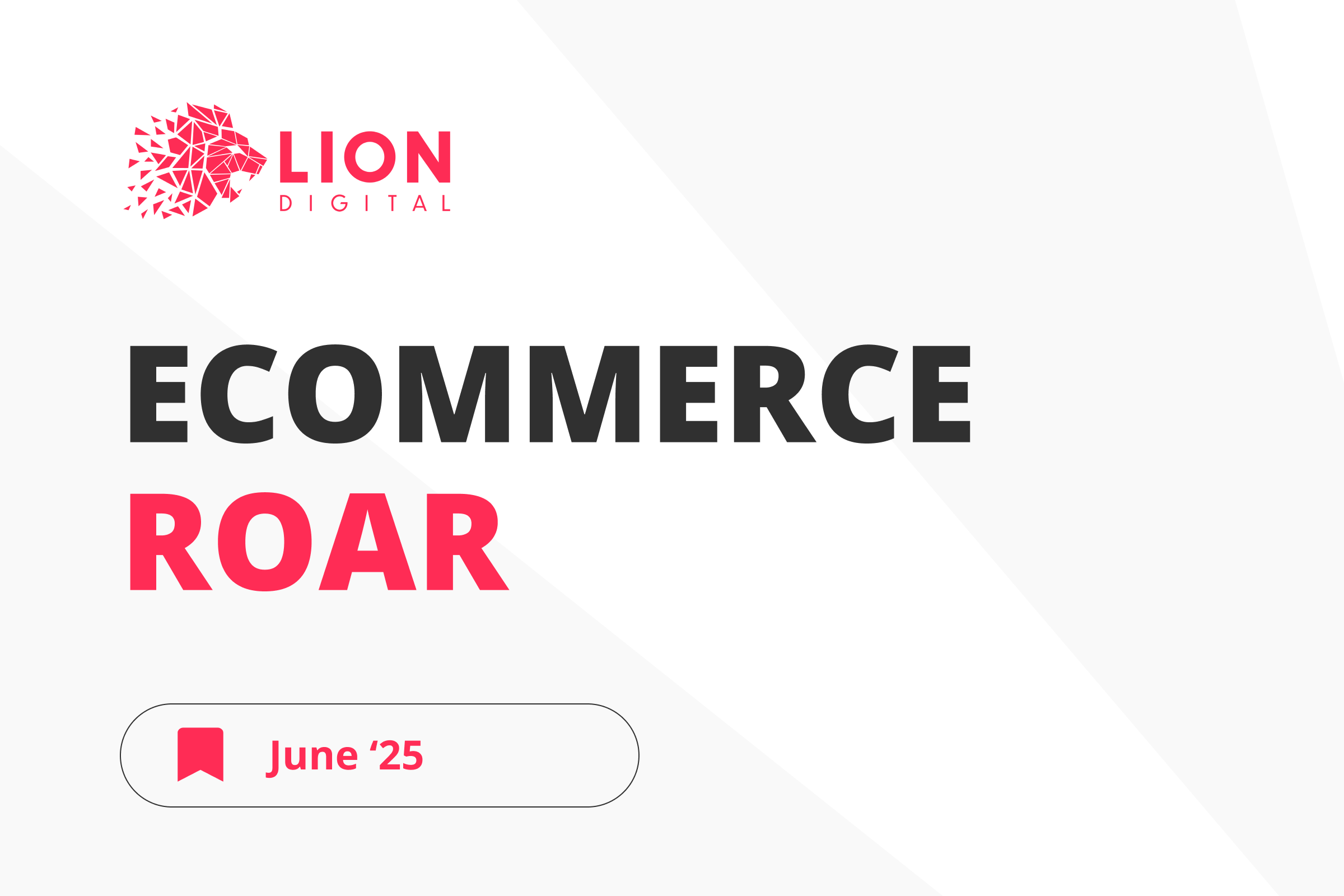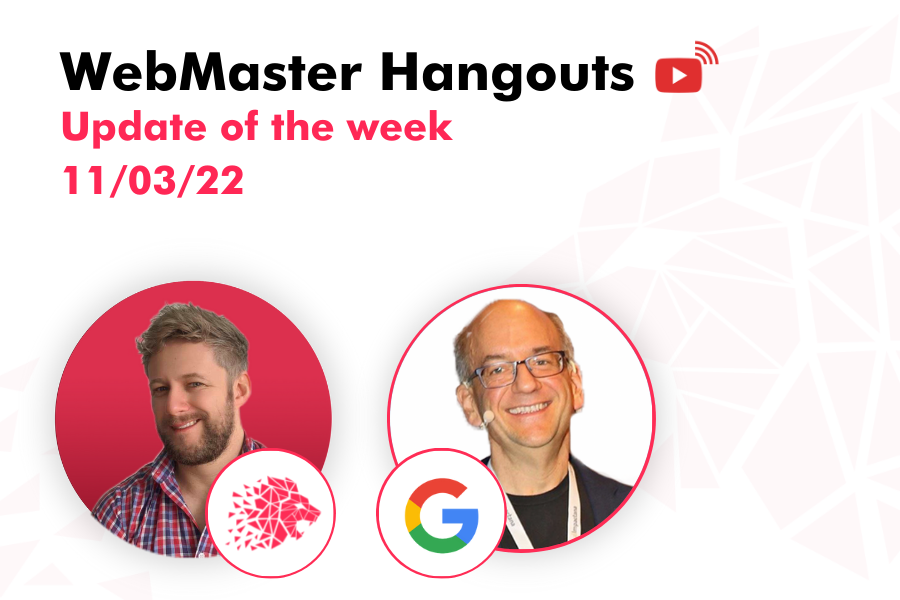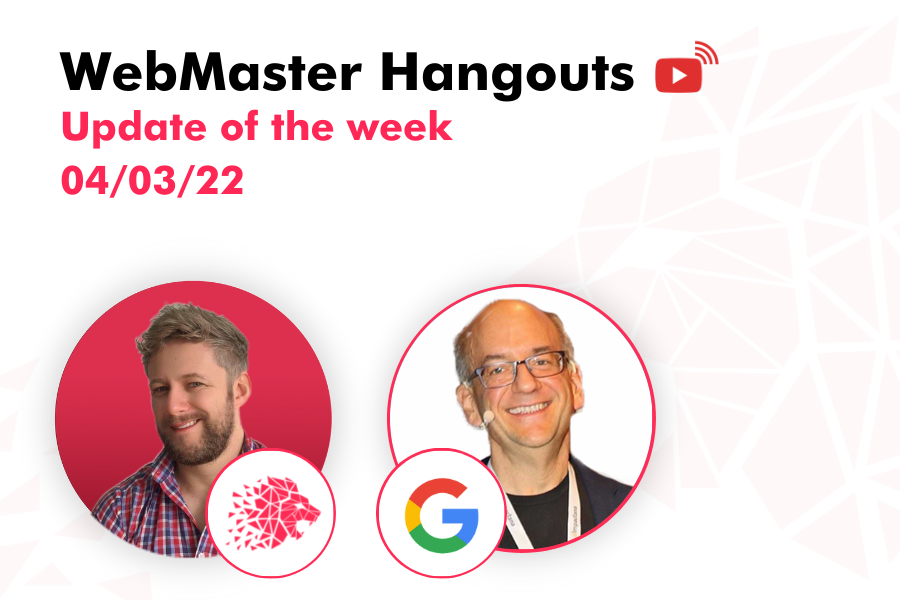
Changing Page Title and Descriptions
Q. (1:01) A few days ago we optimised a page title and description, after that we saw the title and description changed when using the site to search in Google. After a long while, the title and description have been the one in the first place. In this case, does Google think the formal title and description are better than the one we optimised and would there be any other possible reasons that may cause this?
- (1:36) I would not necessarily assume that if Google changes it to something that Google thinks it’s better, then you should use that title too. It is more than our systems have selected a different title. And usually, the title is picked on a per-page basis.
Best Practice to Have Content Display
Q. (4:29) Every franchisee has a microsite after the domain, like domain/branch1 and their corresponding URLs. What would be the best practice to have content displayed well? It is really hard to have 100 branches and 100 different contents. Is there a problem from the perspective of Google? What does Google think about it?
- (05:48) Guidelines, usually doorway pages are more about swapping out one word on a page essentially, where the rest of the content is the same. If you have a specific service you create pages for every city nearby or every street or every region nearby, and you create hundreds of these pages that are essentially just driving traffic to the same business. I think franchises probably that’s a lesser issue because these are essentially separate businesses. It is essential to separate the businesses.
Decrease in Getting Articles Indexed
Q. (09:25) I work in a content creation agency. And we work with different blogs. And the agency has been running for more than 10 years. And we’ve never had problems with getting our articles indexed. But for the last six months, all of the new blogs especially are having big problems getting their articles indexed. So recently, we’re working on organic traffic. And if we’re not getting our articles indexed, then we can’t work on that or optimise any content. I was just wondering if there’s any specific reason, maybe there’s been some sort of change, or if we just have to wait and see what happens? Because we have done a lot of technical revisions of the site amps and everything. But we have just noticed a decrease in articles getting indexed.
- (10:14) It is hard to say in general without being able to kinda look at some of these example sites. If you have examples of pages that you have that are not super fresh, a couple of weeks old that are still not getting indexed I would love to get some of those examples. In general, though, I think what I see with a lot of these questions that tend to come up around my content not being indexed is that from a technical point of view, a lot of these sites are really good, that they’re doing the right things about site maps, the internal linking is set up well. It is more than on our side from a quality point of view, it is something where it feels like the bar is slowly going up and that more people are creating content that is technically okay but not from a quality point of view.
SEO Tool in Duplicate Content
Q. (15:40) We have had a news publishing website since 2009. We post articles related to recipes, health, fitness and stuff like that. We have articles that are considered personal SEO tools as duplicate content. We tend to recreate another version of this recipe or tweak it around maybe sugar-free or salt-free everything related to that. What the SEO tool suggested is to remove it because none of the duplicate content is being ranked or indexed by Google. What is the solution for this?
- (16:53) To make assumptions with regards to what Google will do and what will happen. And sometimes those assumptions are okay and sometimes they are not correct. This kind of feedback from SEO tools is useful because it is still something that you can take a look at it and make a judgment call. You might choose to say, I’m ignoring the tool in this case and I’m kind of following the guidance in a different case. If you are seeing something even from a very popular SEO tool that tells you, you should disavow these links and delete this content. Always use your judgment first before blindly following that.
Ranking Service Pages to Get More Leads
Q. (23:16) I’m currently working on a website that is based in India and we get leads from all over India. We can provide services all over the world, but first I want to rank my service pages to get more leads from the USA. Can you help me know what things I can do so that I can rank top of my competitors?
- (24:16) If you’re going from a country-specific website to something more global then it helps to make sure that from a technical point of view, your website is available for that. Using a generic top-level domain instead of a country-specific top-level domain can help. Any time when you go from a country-level website to a global-level website, the competition changes completely.
Getting the Best Approach for Client Credits
Q. (27:18) We are working with an eCommerce client, and it is an open-source online store management system. Their blog is WordPress. The main URL is example.com, whereas the blog is blog.example.com. What would be the best approach for this client to get credit from the blogs?
- (28:06) Some SEOs have very strong opinions about subdomains and subdirectories and would probably want to put this all on the same domain, from our point of view you could do it like this as well. This setup would be fine. If you did want to move it into the same domain, then practically speaking, that usually means you have to do some technical tricks, where essentially you proxy one subdomain as a subdirectory somewhere else. You have to make sure that all of the links work.
Describing Products Using Alt Text
Q. (37:22) Should I write alt text for products for an e-Commerce site since there is already text beneath that describes the product?
- (37:35) The alt text is meant as a replacement or description of the image. That is particularly useful for people who cannot look at individual images, who use things like screen readers. It also helps search engines to understand what this image is about
Using Alt Tags for Longer Text With Decoration
Q. (40:07) Would you use alt tags for images that use only decoration within the longer text? How would you treat those mostly stock images?
- (40:28) From an SEO point of view, the alt text helps us to understand the image better for image search. If you do not care about this image for image search then that is fine. You would focus more on the accessibility aspect there rather than the pure SEO aspect. It is not the case that we would say a textual webpage has more value. It is just well, we see the alt text and we apply it to the image.
Added Links in an Underscore Cell
Q. (44:09) So one of my technical members has added the links in the form of an underscore target or underscore equally to blank. How are Google bots able to crawl these things? Do they understand that there are links added to this particular node that typed something over there?
- (46:15) I think we just ignore it. Because it makes more sense from a browser point of view what happens. The target attribute refers to how that link should be open. If you have a frame on a page then it will open that link in a frame. What we focus on is if there is a href value given there, then essentially that link goes to the same page and we ignore that.
Home Page Disappearance and Ranking
Q. (50:33) For every query there is only the — know my home page is getting ranked, and all of the other pages are ignored, suddenly disappear from this. How’s Google treating it?
- (51:19) Sometimes we think the home page is a better match for that specific query and it could be that some of the information is on the home page itself. The more detailed page is seen as not such a good page from our point of view. It is something where you can experiment with removing some of that information from the home page.
Sign up for our Webmaster Hangouts today!







